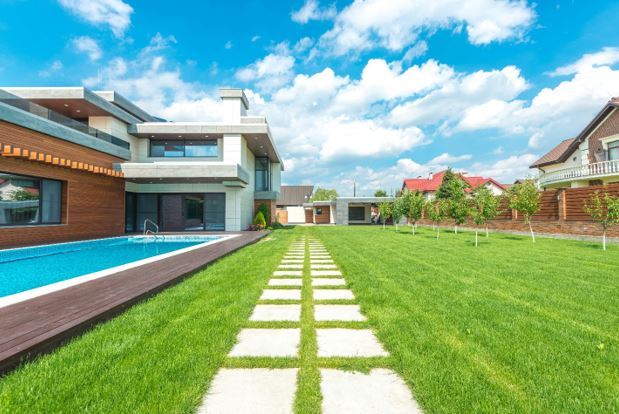Managing Workplace Accidents From Slips, Trips and Falls
Slips, trips and falls in the workplace were among the top three causes of work-related injuries and lost time and productivity, along with exposure to harmful substances and overexertion. Not serious work-related slip, trip and fall injuries involving a few days away from work in the manufacturing sector alone. Safety officers feel the pressure to improve and mitigate on-site and on-the-job safety to prevent these workplace accidents and protect their personnel.
Slip and Fall Lawyer are professionals ready to assist, and provide comprehensive legal representation for workers who have been harmed due to the company owner’s non-compliance to standards and negligence. They have the abilities and the resources to keep the owner’s accountable. From the beginning of their service, they start identifying all possible sources of compensation, documenting your injuries and losses, and supporting you with getting the necessary medical care you need . Throughout the process, they will make sure all your questions are addressed.
For employers looking to show employees they care about their safety while also aiming to mitigate the increasing costs associated with workers’ compensation claims, individuals in safety management roles must identify potential factors that can contribute to an unsafe working environment and lead to injury. Success is not a by-product of profit alone; it relies on employee satisfaction and engagement, which companies cannot achieve if workers feel unsafe.
Take Preventative Measures
Many of us have walked into an establishment—such as fast casual dining, restaurants, food service facilities and other hospitality settings—and at some point noticed that the floor was wet. In some cases, the floor may have been so wet that simply walking to the bathroom could pose a hazard to safety. Now consider behind the scenes, where the daily demands and hustle and bustle mean consistent cleaning might fall down the list of priorities as employees focus on other tasks. There is a need to protect employees, as well as visitors, from slipping and falling on these slick surfaces.
Looking beyond hospitality toward industrial sectors—such as food processing, non-food manufacturing, automotive, transportation, warehousing and distribution, and janitorial—the hazards of slipping and falling are significantly higher. In these environments, a slip-and-fall incident could be a life-or-death scenario with employees operating heavy machinery, working at great heights, driving forklifts and other vehicles, handling hazardous chemicals, and more.
Aforementioned cases can be prevented from dangerous slips, trips and falls, employers should take the following preventative steps in addition to practicing good cleaning habits like placing slip-resistant floor mats in areas that consistently get wet. Clear high-traffic areas of clutter, such as electrical cords, wires, hoses, boxes and more. Minimize elevation changes and ensure ramps, steps and other uneven floor surfaces are clearly marked. Ensure stairs are well lit with proper handrails and ladders have proper railings and guards. Build a culture that promotes safety and consider strategic safety partnerships.
CONCLUSION
A safe workplace boosts morale for the entire company because safer employees are more engaged, efficient and productive. Beyond that, when companies are willing to foot the bill for safety footwear, it tells employees that leadership cares about their safety needs. When companies invest in their employees, such as programs that enhance their well-being, educate them in different safe practices, motivating and incentivizing compliance in the workplace, this not only attracts top talents, but decreases employee turn-overs and improves their competitiveness.



